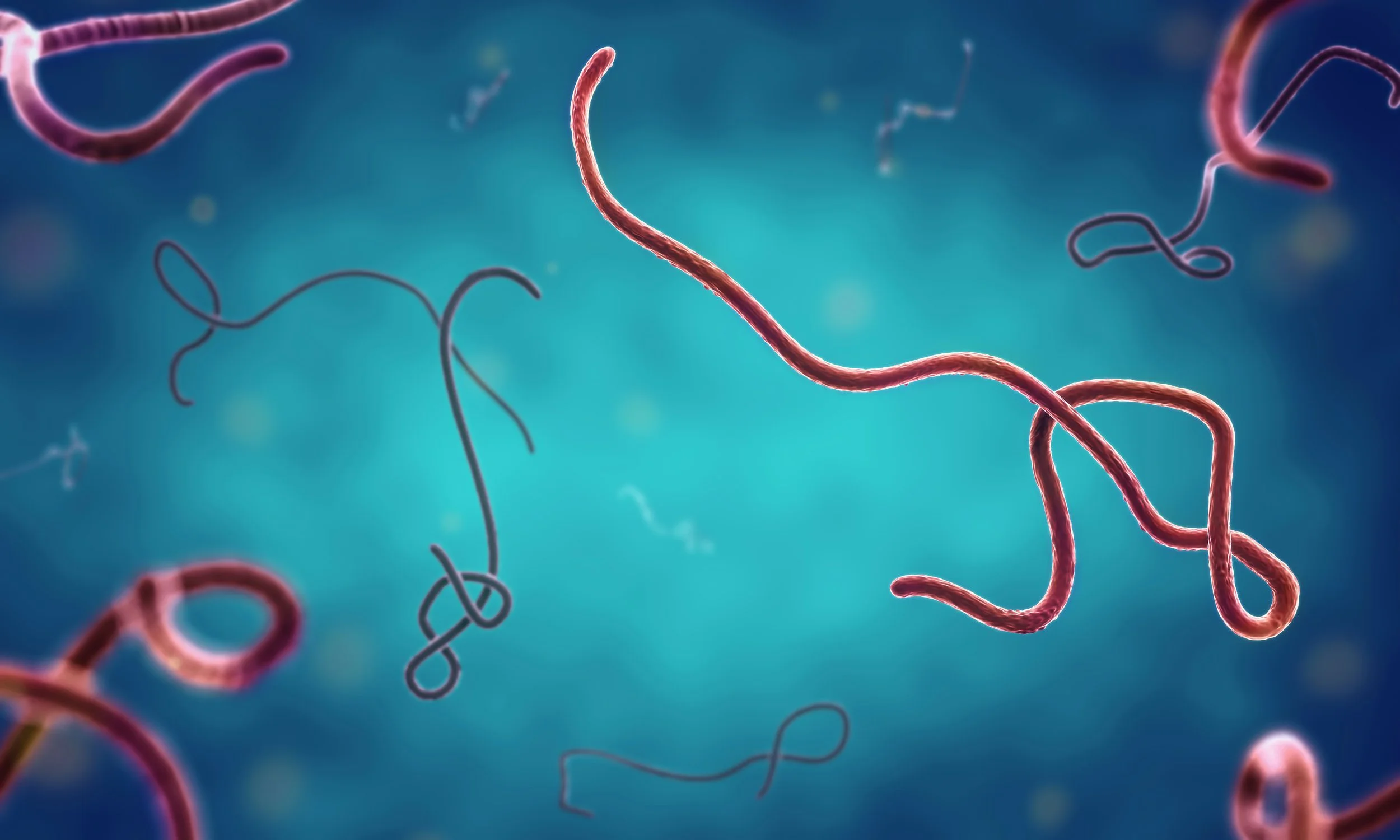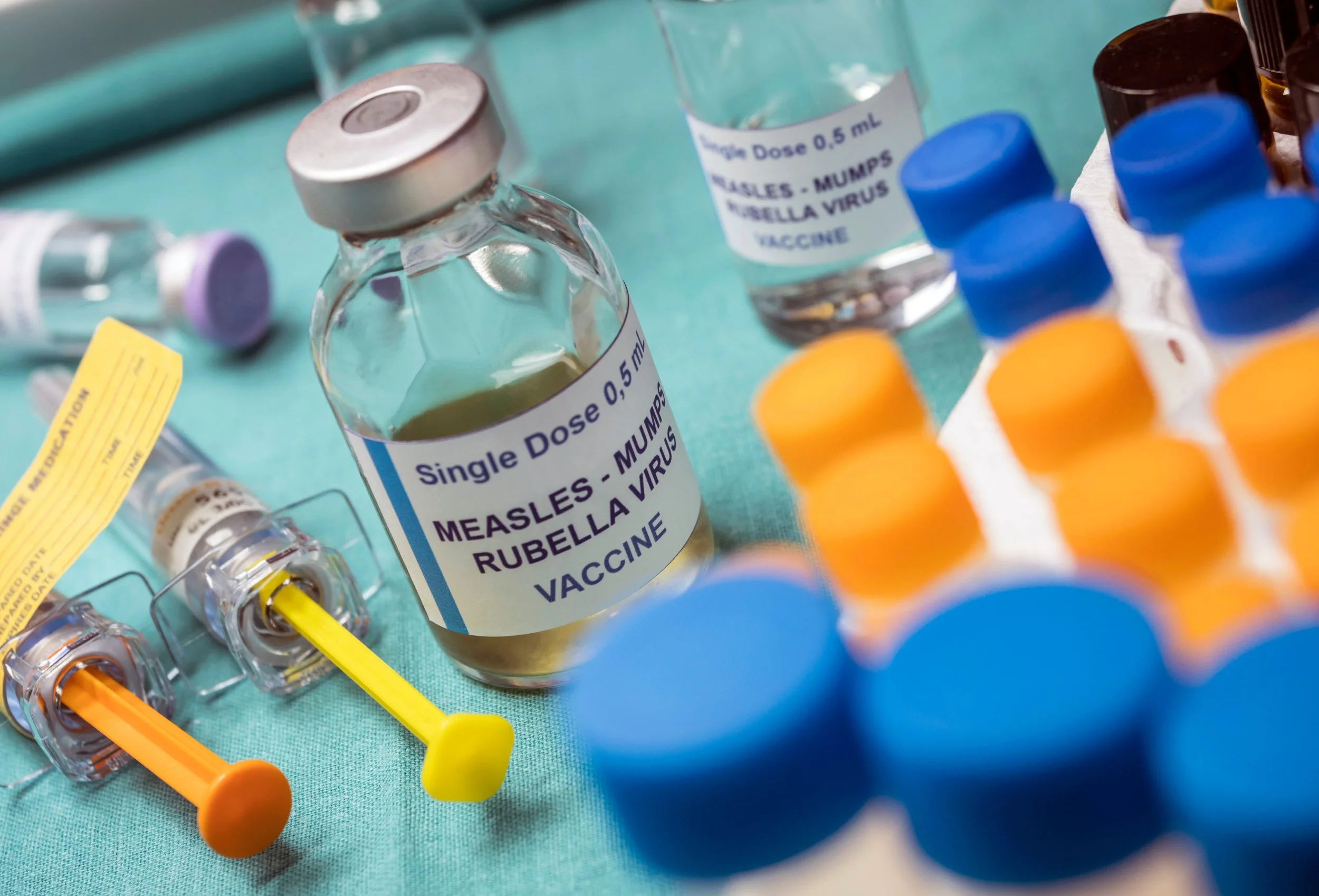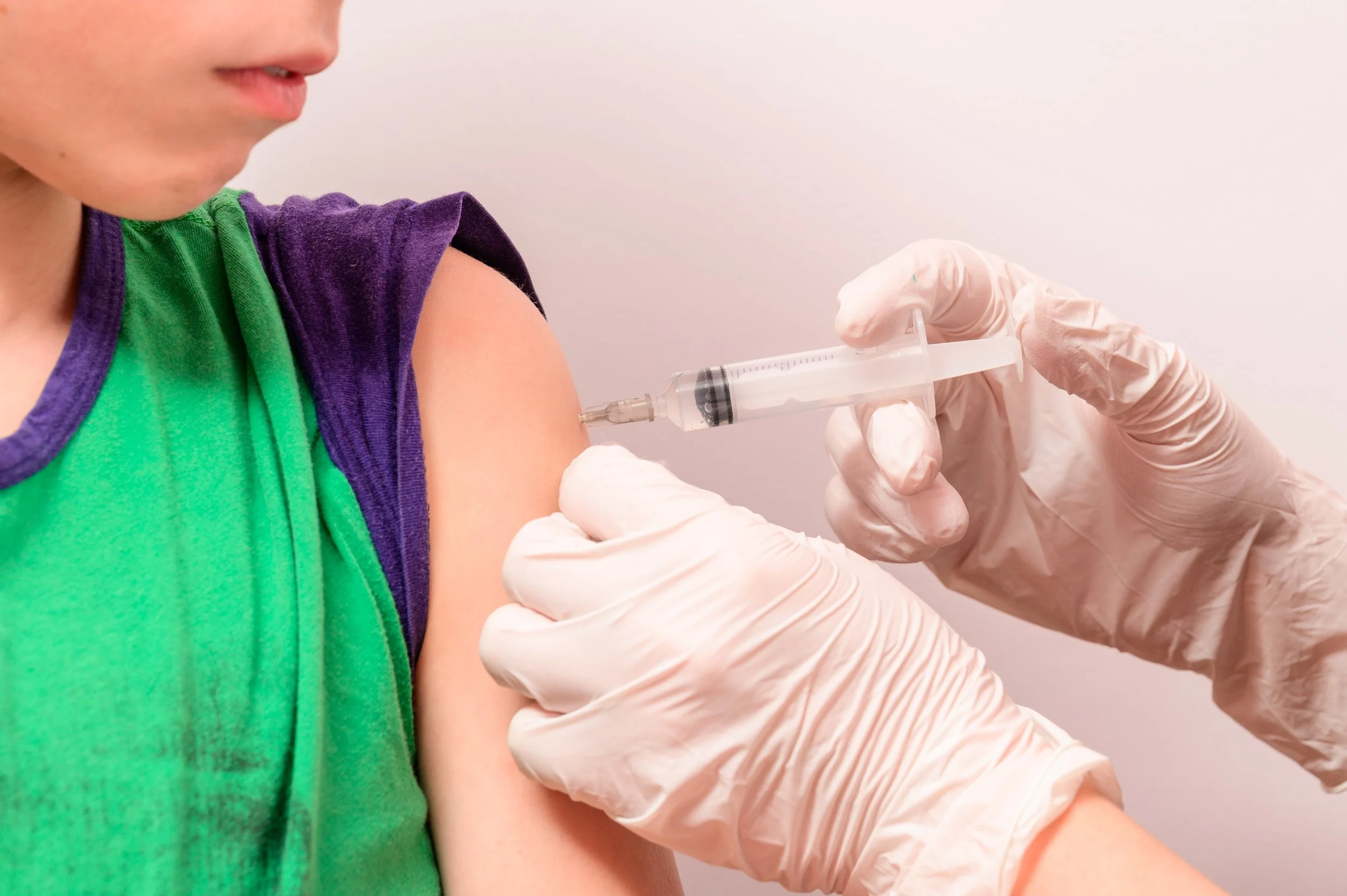Past Observations
New York, New York, USA- Candida Auris
In 2019/2020, Outbreak Observatory partnered with New York City Health and Hospitals to conduct interviews with clinicians, infection preventionists, and other healthcare stakeholder groups involved in responding to cases of C. auris to learn from their firsthand experiences. Focus areas included understanding interventions to control C. auris in the environment, strategies for identifying clinical cases and patients asymptomatically colonized with the organism, communication and education efforts, and notification practices for patient transfer.
Findings from this observation were published in Infection Control & Hospital Epidemiology (view the article here)
Uganda-Ebola Virus Disease
Outbreak Observatory partnered with Makerere University School of Public Health in Uganda to document national and international efforts to limit the risk of cross-border spread of Ebola and other diseases.
Partnering with Gates Ventures, under its Global Exemplars initiative, Outbreak Observatory and Makerere University School of Public Health published a case study of Uganda’s success. Read the report here.
United States-Measles
From August 2019 to January 2020, Outbreak Observatory interviewed state and local health departments and community health centers that responded to US measles outbreaks. The challenges of responding to these outbreaks provided valuable lessons for implementing effective public interventions and engaging isolated and under-served communities.
Findings from this observation were published in BMC Public Health (view the article here)
Multnomah County, Oregon, USA- Measles
In June 2018, Multnomah County, which sits in Oregon on the border of Washington state, experienced an isolated outbreak of measles in a daycare setting. The Multnomah County Health Department contained the outbreak to a relatively small number of cases despite direct contact between a symptomatic individual and unvaccinated infants. Later that summer, Outbreak Observatory interviewed members of the health department who offered a broad perspective on the intricacies associated with their outbreak response activities, including prioritization for post-exposure prophylaxis, vaccination requirements, and daycare exclusion protocols.
Findings from this observation were published in Perspectives in Public Health (view the article here)
United States- Hepatitis A
Beginning in 2017, the United States faced a series of hepatitis A outbreaks, largely affecting major cities and urban areas. Hepatitis A outbreaks are typically associated with foodborne transmission; however, this spate of outbreaks exhibited person-to-person transmission in the community. Additionally, the outbreaks principally affected individuals experiencing homelessness and IV and non-IV drug users, among other underserved populations. These populations are often difficult to effectively engage, due to long-standing stigma and mistrust of government officials, high mobility and complex social networks, and poor access to health care and other services. Considering the emergence of community-based hepatitis A outbreaks, this observation aimed to identify key barriers to outbreak response operations and critical lessons to support those communities that may be affected in the future, either by hepatitis A or similar outbreaks in difficult-to-reach populations.
Findings from this observation were published in the American Journal of Public Health (view the article here)
New York, New York, USA- Seasonal Influenza
In August 2018, Outbreak Observatory traveled to New York City to analyze the operational challenges experienced in frontline hospitals during a particularly severe influenza season. The 2017-18 influenza season was challenging to control, despite not being caused by a pandemic strain. The New York City Health+Hospitals (NYCH+H) system experienced substantial operational challenges and resource constraints, particularly among frontline hospitals. The Outbreak Observatory team conducted interviews with key stakeholders across the NYCH+H system and analyzed the operational stress at multiple hospitals to better understand how seasonal influenza can impact hospital and health system operations. The operational stresses experienced varied substantially across hospitals and over the course of the influenza season, indicating that there are diverse factors that affect hospitals’ operational capacity, and such stresses are likely to be further exacerbated during a pandemic or more severe epidemic.
Findings from this observation were published in the Journal of Emergency Management (view the article here). The publisher also republished the article in the American Journal of Disaster Medicine (view the article here).
Chester County, Pennsylvania, USA- Mumps
In July 2018, Outbreak Observatory traveled to Chester County, Pennsylvania, to learn about the challenges faced during the response to a local mumps outbreak. The outbreak primarily affected a non-English-speaking immigrant community, in which many individuals were fearful of seeking medical treatment due to concerns about immigration status. The local health department’s pre-existing relationship with a local federally qualified health center that had close ties to the affected community proved to be integral to response operations, including case reporting, education efforts, and mass vaccination operations.
Findings from this observation were published in the Journal of Public Health Management and Practice (view the article here)
Taiwan- Seasonal Influenza Mass Vaccination
In October 2017, Outbreak Observatory conducted its first pilot observation, a collaboration with the Taiwan CDC. The team traveled to Taipei for a week to experience firsthand their annual seasonal influenza mass vaccination campaign. They observed vaccination operations and met with national- and local-level health officials to discuss the challenges and successes they have experienced over the course of this program with the goal of sharing these lessons and best practices with the broader public health and preparedness community in order to help others who wish to develop similar capabilities.
Findings from this observation were published in the American Journal of Public Health (view the article here)
Collaborate with Us!
Our team is actively seeking partners interested in sharing their experiences preparing for, responding to, or recovering from infectious disease outbreaks. Please reach out to us for more information.











